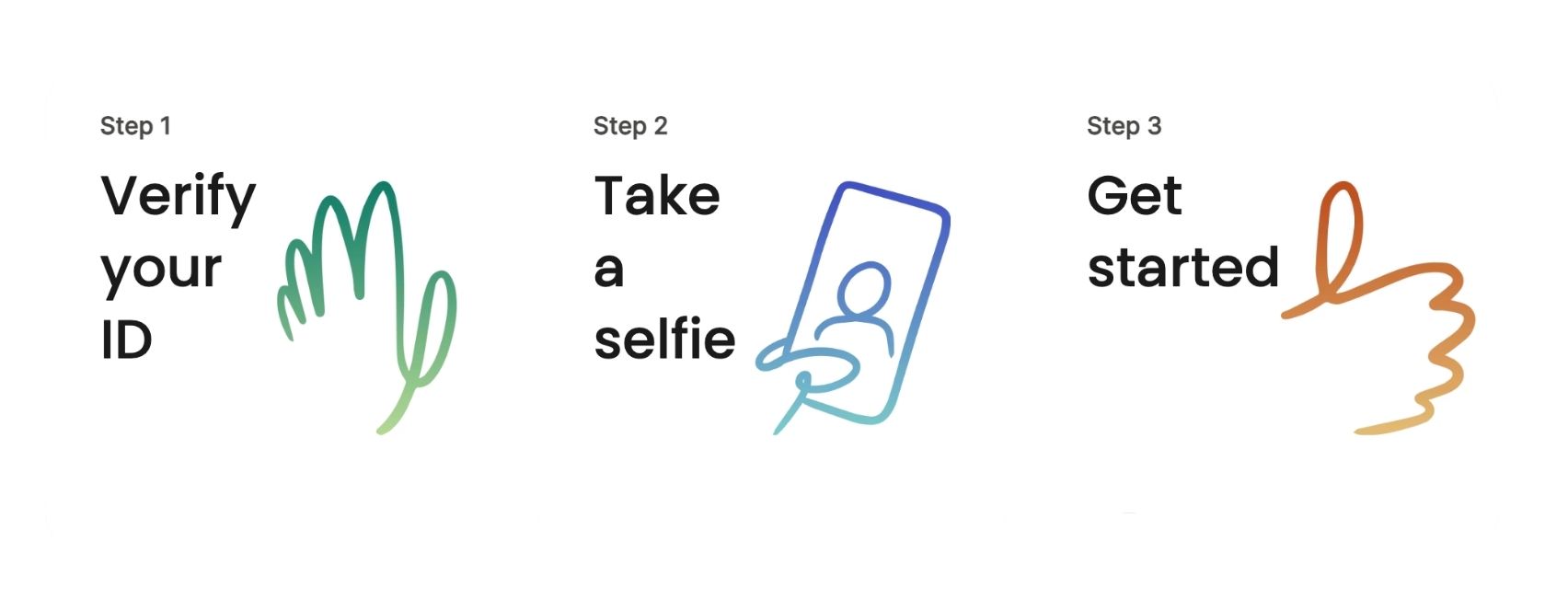The prostate gland is found only in males. It sits below the bladder and wraps around the urethra. The urethra is the tube that carries urine out of the body. The prostate helps produce semen.
.jpeg)
A transurethral resection of the prostate (TURP) is surgery to remove parts of the prostate gland through the penis. No incisions are needed.
The surgeon reaches the prostate by putting an instrument into the end of the penis and through the urethra. This instrument, called a resectoscope, is about 12 inches long and .5 inch in diameter. It contains a lighted camera and valves that control irrigating fluid. It also contains an electrical wire loop that cuts tissue and seals blood vessels. The wire loop is guided by the surgeon to remove the tissue blocking the urethra one piece at a time. The pieces of tissue are carried by the irrigating fluid into the bladder and then flushed out at the end of the procedure.
TURP is most often done to relieve symptoms caused by an enlarged prostate. This is often due to benign prostate hyperplasia (BPH). BPH is not cancer. It is a common part of aging. When the prostate gland is enlarged, it can press against the urethra and interfere with or block the passage of urine out of the body.
Sometimes a TURP is done to treat symptoms only, not to cure the disease. For example, if you’re unable to urinate because of prostate cancer, but surgery to remove the prostate isn’t an option for you, you may need a TURP.
There may be other reasons for your healthcare provider to recommend a TURP.
As with any surgery, certain complications can occur with TURP. Some possible complications may include:
There may be other risks depending on your condition. Be sure to discuss any concerns with your healthcare provider before the procedure.
Some things you can expect before the procedure include:
Based on your medical condition, your healthcare provider may request other specific preparation.
TURP requires a hospital stay. Procedures may vary depending on your condition and your healthcare provider’s practices.
Generally, a TURP follows this process:
After the procedure, you may be taken to a recovery room and watched closely. Once your blood pressure, pulse, and breathing are stable and you are alert, you will be taken to your hospital room.
You may get pain medicine as needed, either by a nurse, or by giving it yourself through a device connected to your IV line.
Once you are awake, you may start to drink liquids. You will be able to eat solid foods as you are able to handle them.
The catheter will stay in place for 1 to 3 days to help urine drain while your prostate gland heals. You will probably have blood in your urine after surgery. A bag of solution may be attached to the catheter to flush the blood and potential clots out of your bladder and the catheter. The bleeding will slowly decrease, and then the catheter will be removed.
Arrangements will be made for a follow-up visit with your healthcare provider. Your healthcare provider may give you other instructions after the procedure, depending on your situation.
Once you are home, it will be important to drink lots of fluids. This helps to flush out any remaining blood or clots from your bladder.
You will be told not to do any heavy lifting for several weeks after the TURP. This is to help prevent bleeding.
You may be tender or sore for several days after a TURP. Take a pain reliever for soreness as recommended by your healthcare provider.
You shouldn’t drive until your healthcare provider tells you to. Other activity restrictions may also apply.
Tell your healthcare provider to report any of the following:
Your healthcare provider may give you other instructions after the procedure, depending on your particular situation.
Introducing Eva.
Receive a complete Readiness Report in 24 hours — Built with best surgeons and anesthesiologists. Powered by AI.
Send the report to your surgeon.

About 38% of adult patients suffer an adverse event during or following their surgery, researchers reported Wednesday in the BMJ.
Nearly half of these complications result in serious, life-threatening or fatal harm, results showed.
60% of the complications were potentially preventable and 21% were definitely or probably preventable, researchers report.
Our mission is to provide safe & affordable surgical care
for every patient using AI technology and telehealth.

Surgery should be centered around you.
Your health, in your hands.
With Eva Me, it is. Licensed clinicians review your health record to provide personalized recommendations for surgery and anesthesia. It’s time for care that’s true to you.
Securely access Eva Me with a photo of your ID and a selfie.

Health records in multiple portals? That’s a thing of the past. Eva Me gathers your records in one place so licensed providers can give you personalized recommendations about your health.

Receive a summary on your phone — including surgical history, medications, labs, and risk factors — ready to send to be sent to your surgeon.

Trusted by the best health systems in the world
Includes — Anesthesia Self-Test, consented record pull via HIE and patient portals, Eva Readiness Report in 24 hours, personalized checklist, action plan, question guide, secure PDF and share link, online support
Information